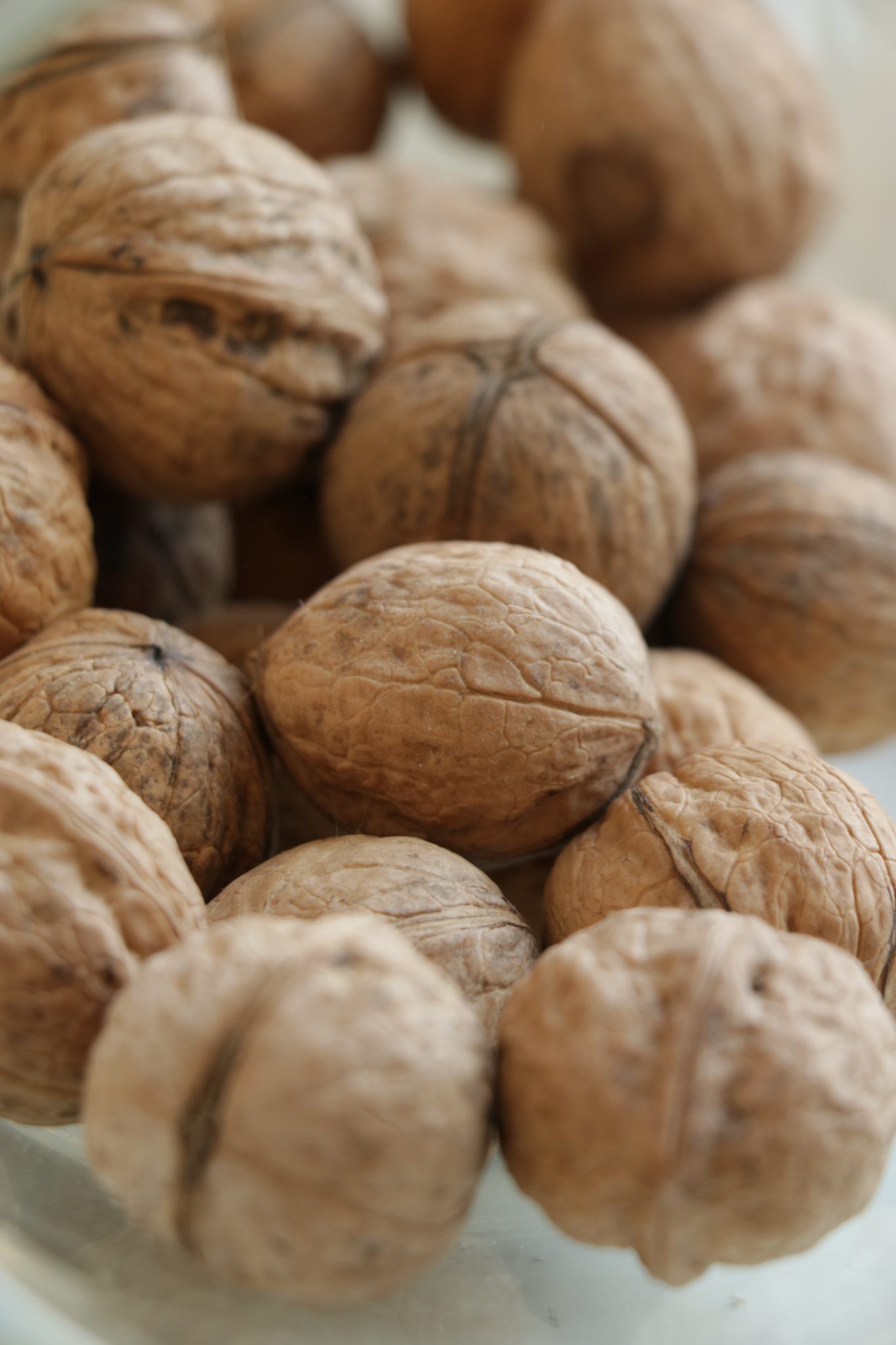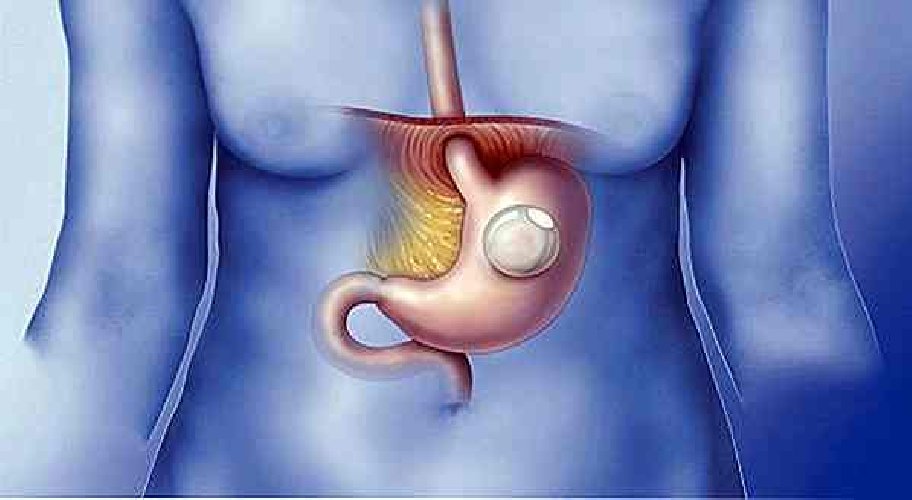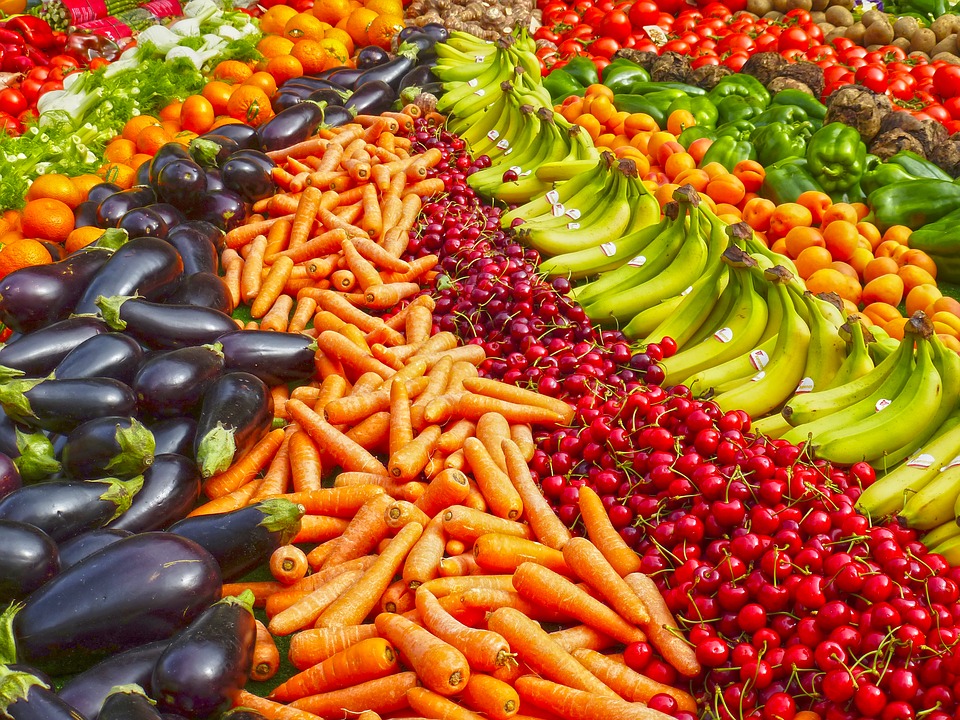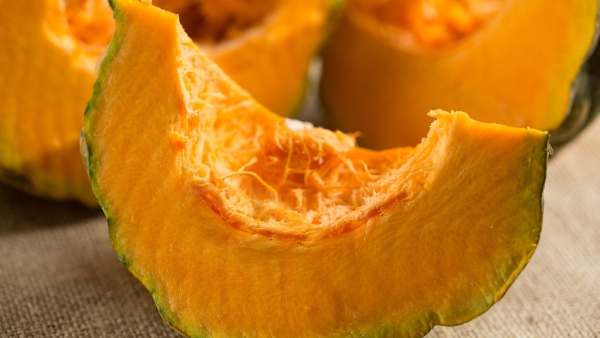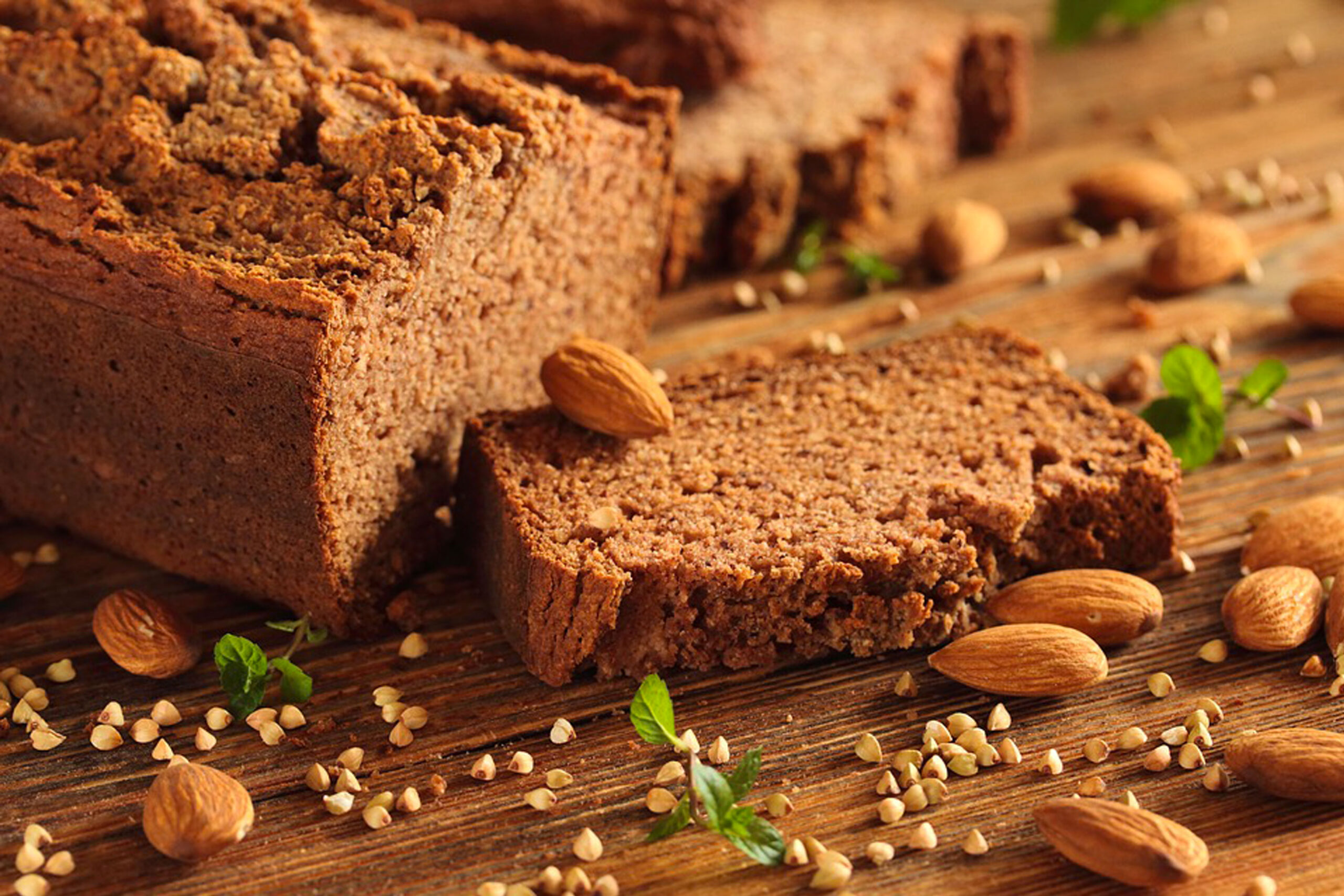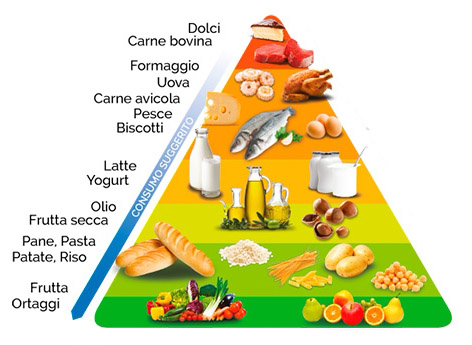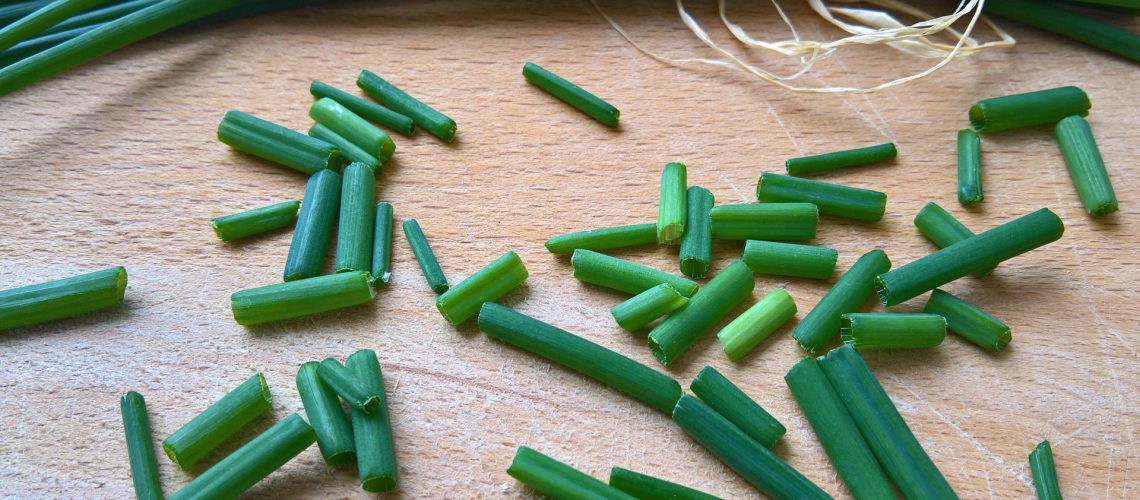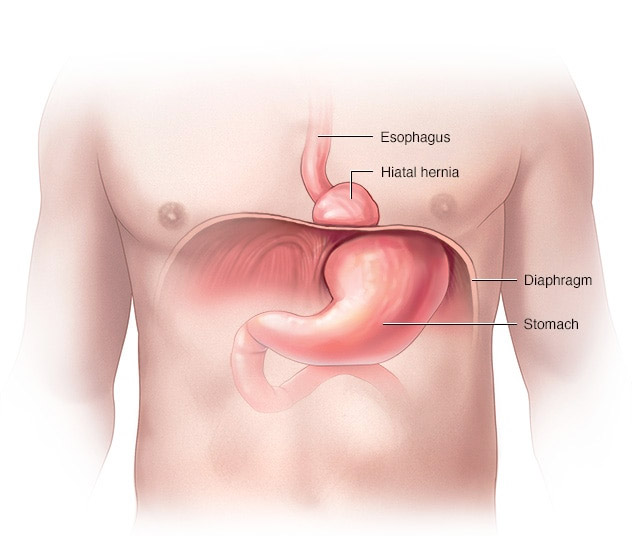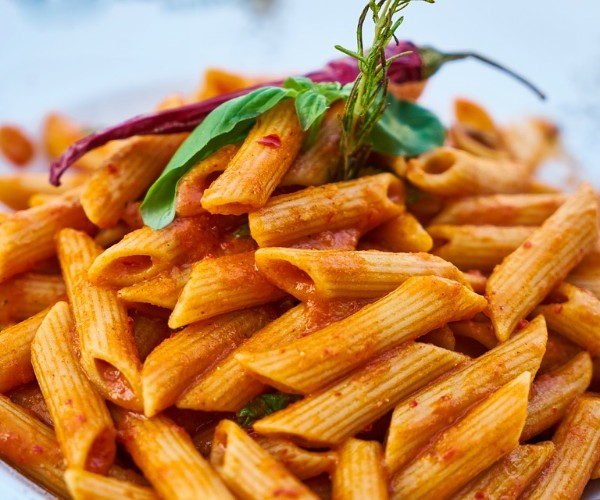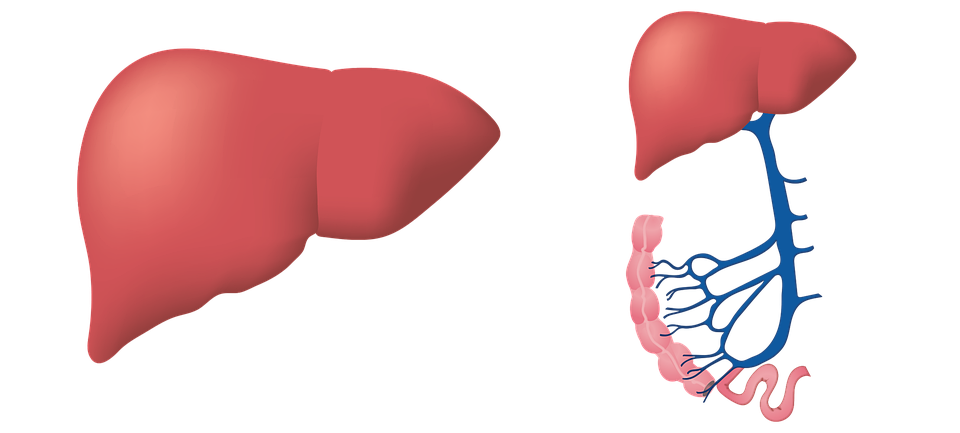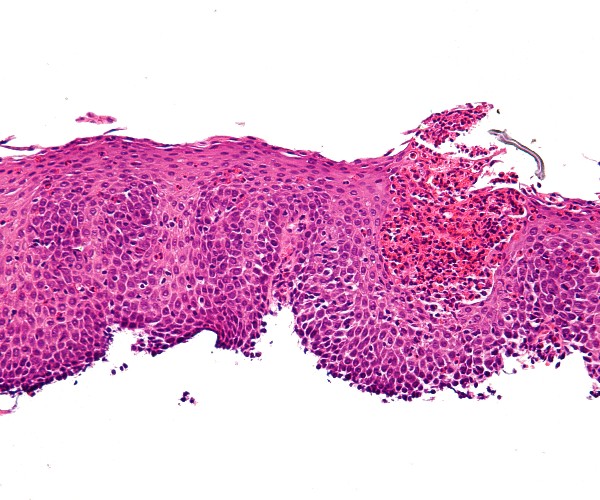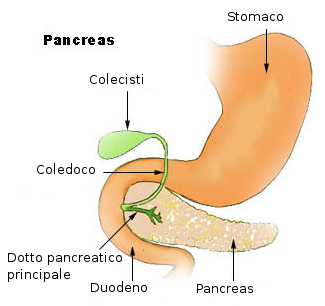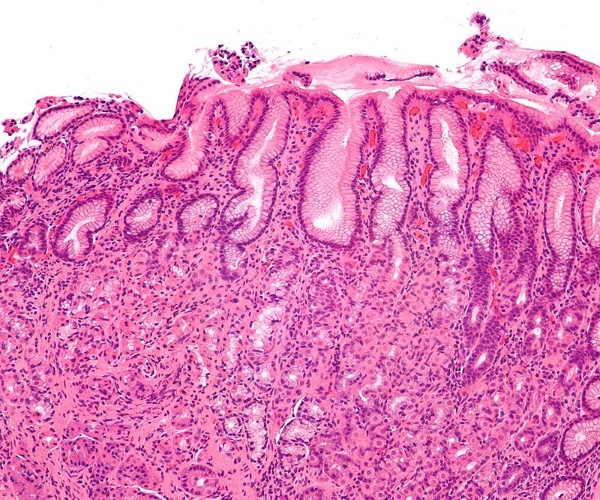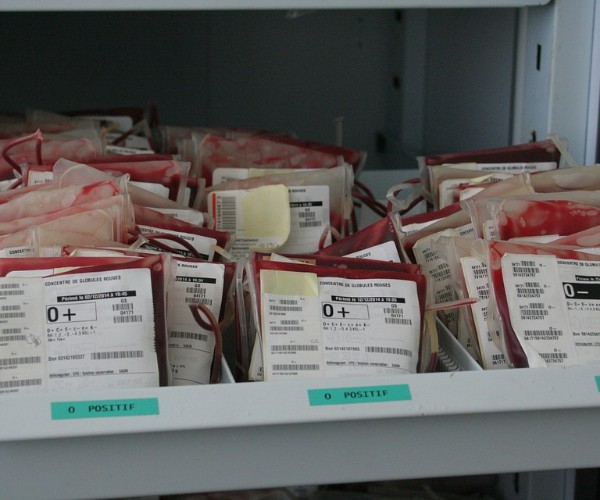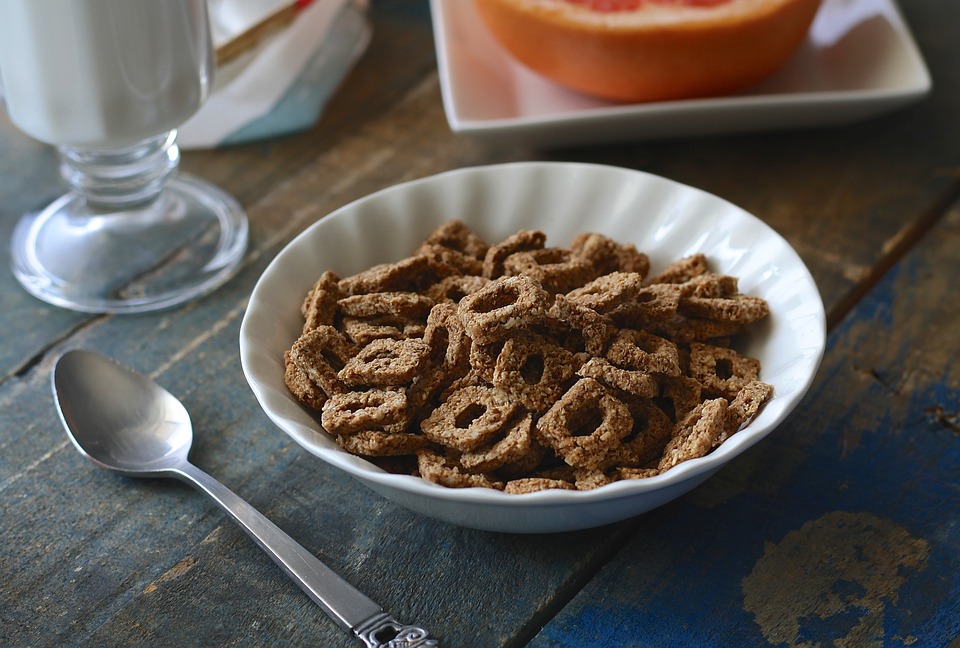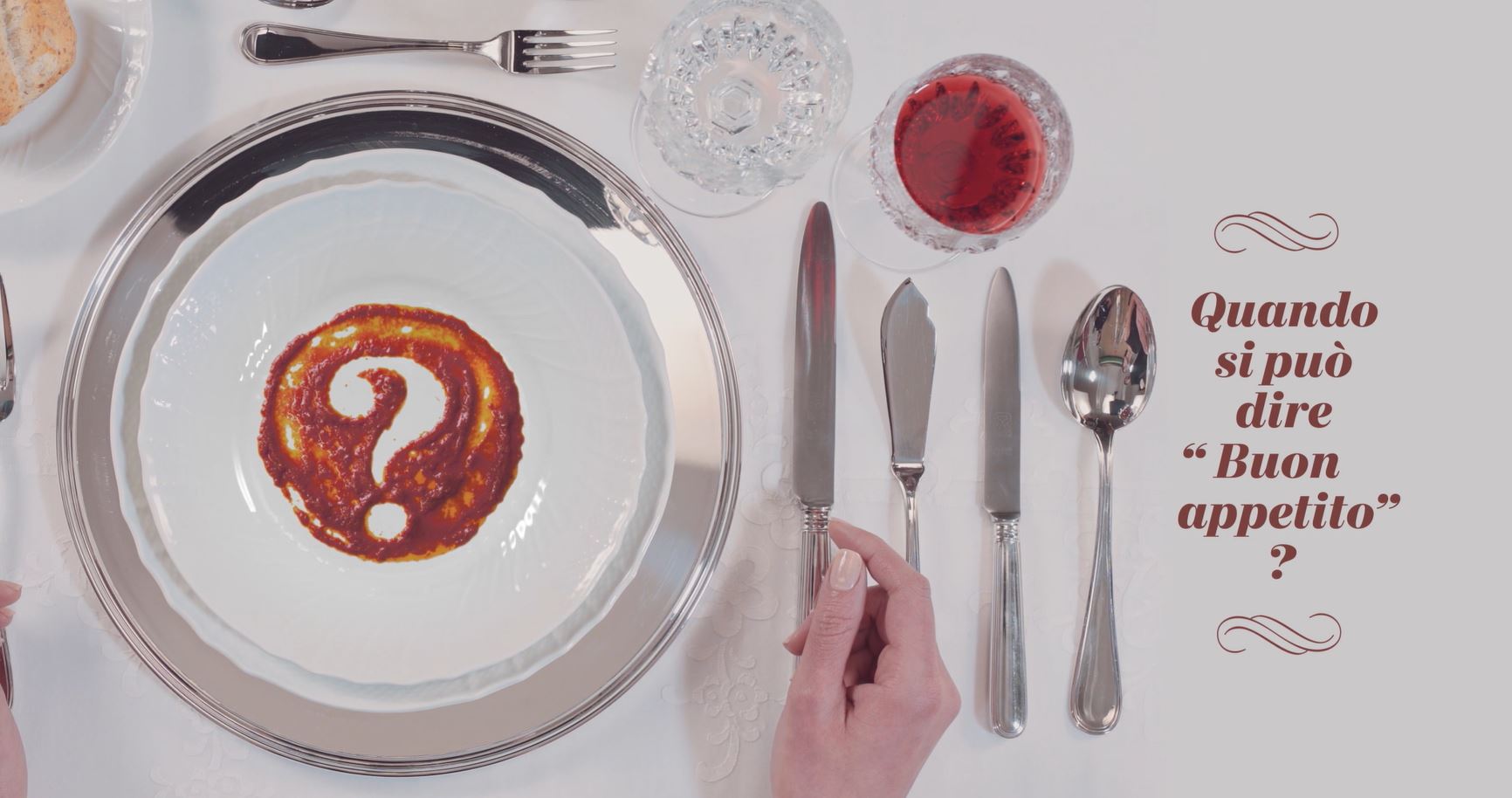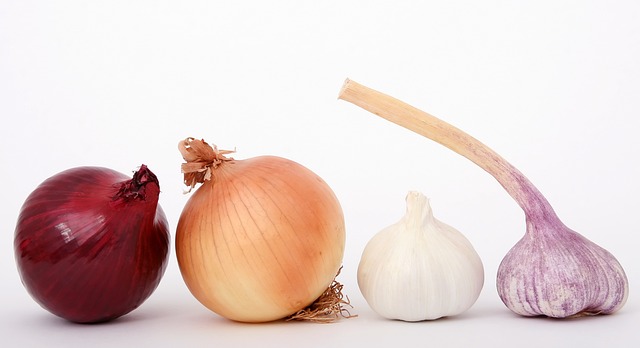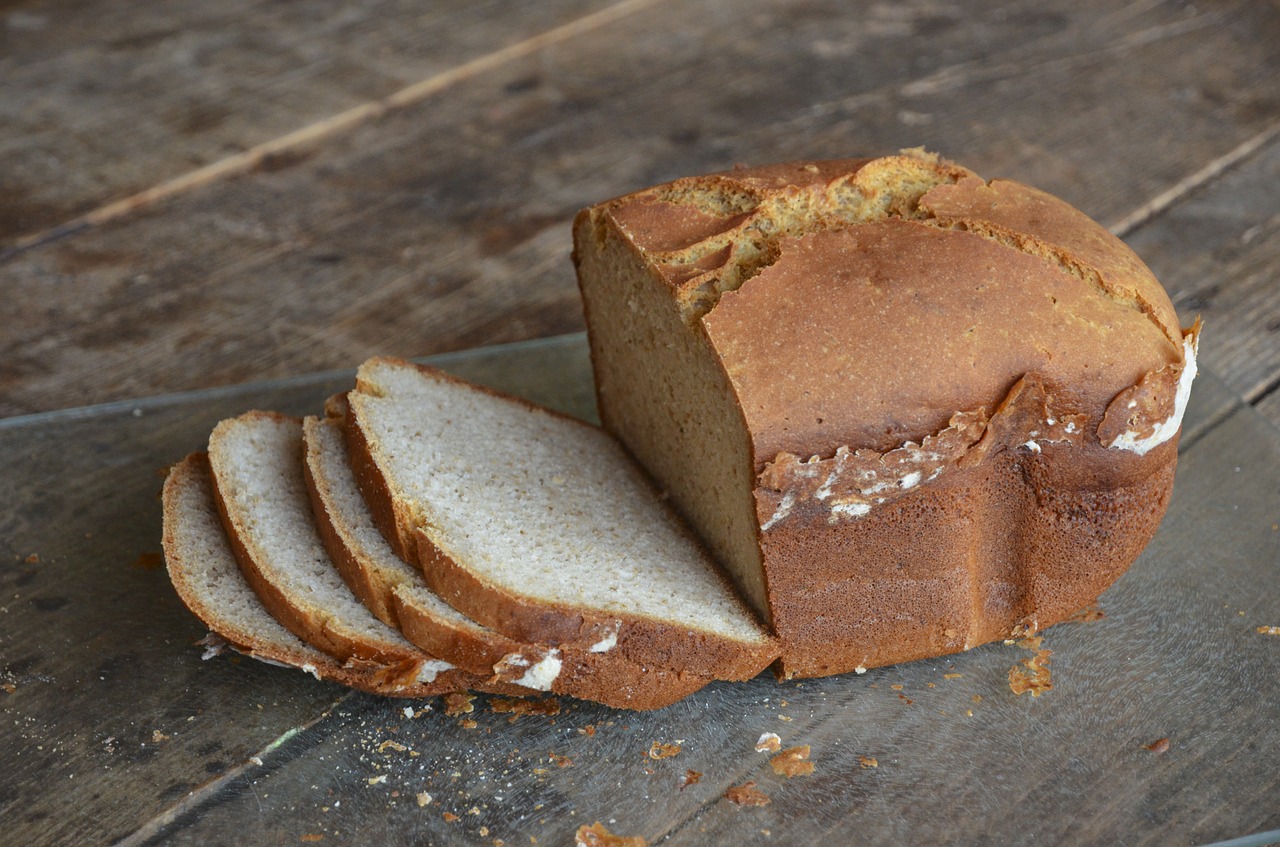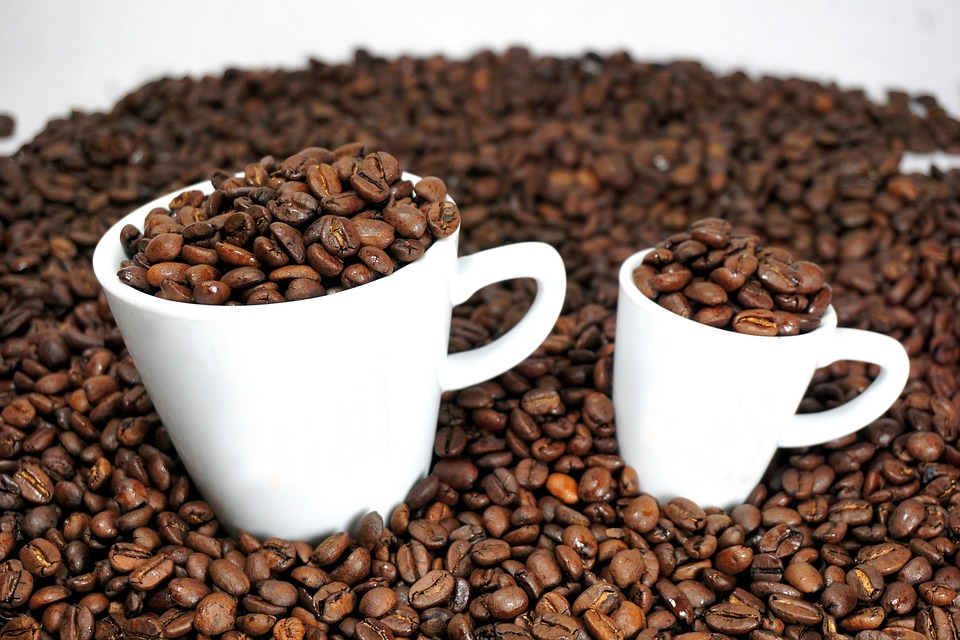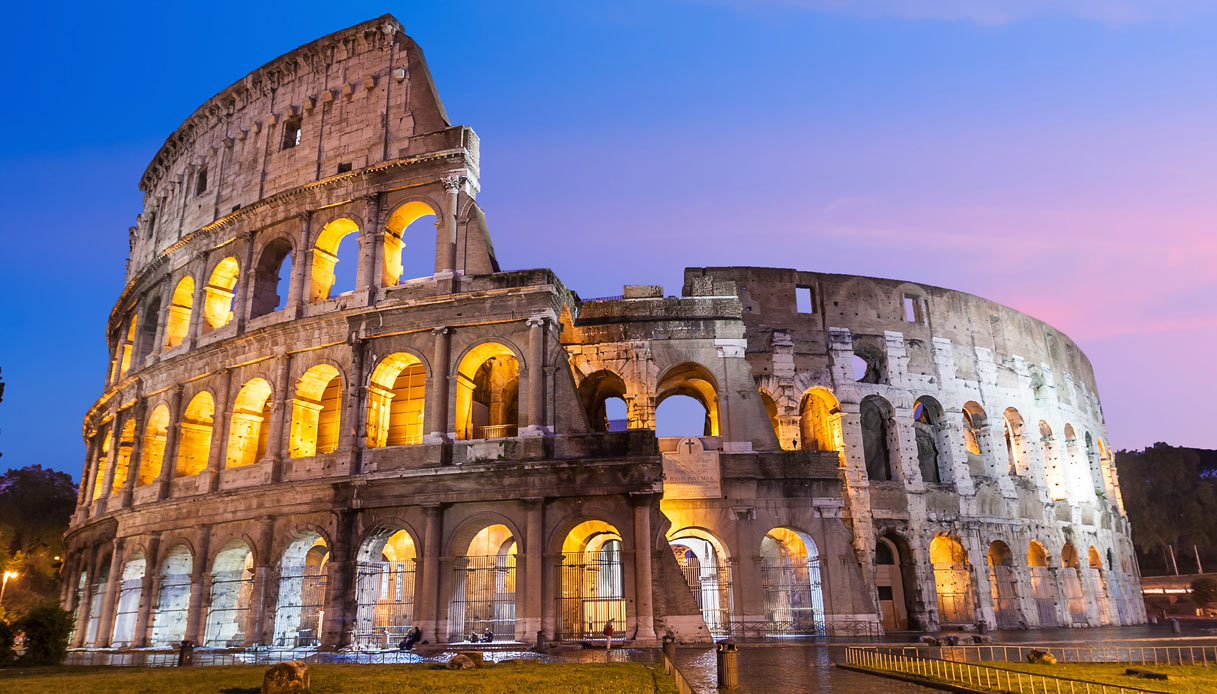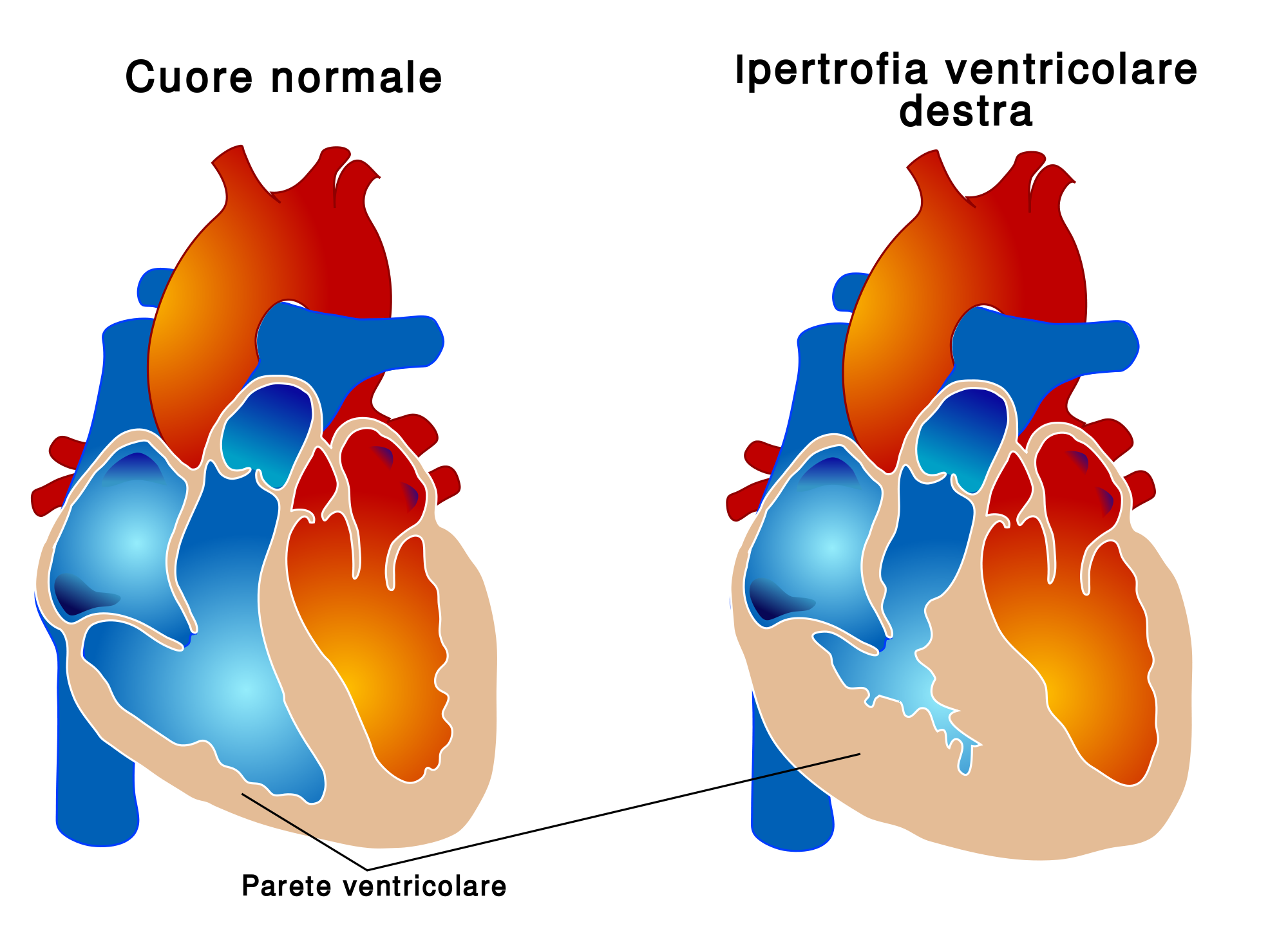Chives: the name does not betray expectations. In fact, these herbs have a taste similar to onion, its direct relative, but milder and are more easily digested. This is not its only ‘merit’; in the kitchen it is very handy, you can slice it or cut it with scissors reducing it into thin rings to be scattered raw or cooked to different types of recipes: meats, fish, sauces, pies and salads, soups and stews; it is good for flavoring butter or cheeses, omelettes and creamy sauces, or for wrapping and tying with its stems crêpes bundles, making vegetable bunches or small stuffed rolls. Finally, its lily-pink flowers, also edible and onion-flavored, can also be used for decorative purposes to embellish dishes. What else characterizes chives? The ease of cultivation that invites you to plant it on the balcony or in a small corner of the vegetable garden, so that you always have it on hand, when a fresh and fragrant chive batting ‘personalizes’ a dish. Finally, it has several therapeutic properties, many of them related to allicin and a variety of other compounds and active ingredients it contains.
Botanical name. Scientifically, chives are called Allium schoenoprasum, a name suggested by Carl von Linné (1707-1778), a Swedish biologist and writer credited with the classification of living organisms, and recorded in his 1753 work “Species Plantaurm.” However, the origins appear to be much older and go back to a Celtic term meaning “burning,” because of the plant’s strong pungent odor in turn formed from two Greek words: schoinos (or skhoinos) “woven reeds or ropes made of rush” and prasòn, “leek.” The name of Greek origin, therefore, suggests that chives were already known in ancient times, among the Romans and the Greeks themselves. It is then said that it was already used in China more than 4,000 years ago and came to the West thanks to Marco Polo, who appreciated its taste and decided to export it to our lands.
Magical and culinary powers. (Perhaps) it is only legend, but the Celts attributed magical powers to chives; they used it, for example, to remove the evil eye. A theory also supported by the German tradition that simply rubbing oneself with the chive plant was enough to ward off the spells of the evil gnomes of the Black Forest. Its culinary properties were also well known since ancient times: chives are mentioned in numerous recipes by Apicius, a Roman gastronome, cook and writer who lived at the turn of the first century B.C. and the first century A.D., but it was not until the Middle Ages that they began to be cultivated for culinary use.
The original habitat. Chives originate in northern Europe, Asia and North America more specifically in Canada; it grows in cold and temperate-cold locations, in wet and peaty meadows from 600 m up to 2,500 m, near springs and streams, shelters under rocks, scree, scree slopes and grasslands with rich but light soils mainly calcareous and siliceous. Its habitats are, therefore, mountain, alpine and subalpine settings. Geographically, it is located in a wide area encompassing northern Eurasia and North America. In our country it is widespread and cultivated in the continental part as far as Tuscany, in the area of the Alps and northern Apennines, while in Europe it is widespread from France to Slovenia, and in the Vosges, Jura Massif, Central Massif, Pyrenees, Balkan Mountains and Carpathians.
A robust plant. Chives is a perennial plant that creates dense bushes that can range in height from 15 to 50 cm, averaging 25 cm in height. The root is an oval bulb covered with grayish-brown tunics, while the leaves are long and slender, tubular in shape, so they are hollow, bright emerald green in color, and are the most conspicuous part of the shrub. The leaves dry up during the winter but come up again in the spring from the roots (that’s why they are called perennials), which are preserved during dormant If the stems are squeezed between the fingers they crackle and release the classic onion aroma that gave them their name. The flowers, appear between late spring and early summer months and are very decorative pink orbs. The fruits, on the other hand, are capsule-shaped, and dehiscence (the opening) occurs along the three main veins of the fruit itself.
Species in Italy. Chives belong to the Liliaceae family to which garlic, onion, may and shallot are also members. Among the best-known species, however rather rare in the territory, of theAllium schoenoprasum With pinkish-violet inflorescences (other species are generally white) include. Allium moschatum, from the narrower leaves of filiform type and flowers with shorter tepals, localized in central Italy; the Allium lineare with flowers shaped closer to a sphere, is found in Piedmont, Aosta Valley and Trentino-Alto Adige, the Allium roseum, with flat leaves, found in central Italy.
Cultivation. Chives are a very simple aromatic plant to grow: they do not require special care, do not need to be re-seeded every year, do not take up much space, just have a small corner in the organic vegetable garden, or can be placed on balconies or windowsills in a pot preferably a large one so that it does not need to be re-potted every year. It grows well both in the sun and in shadier areas, needs plenty of water in summer and constantly moist soil. It is not attacked by any particular pests, in fact it drives away (perhaps because of its strong smell) insects and pests, so much so that it is recommended to be planted specifically in the garden as a natural defense, especially near carrots, celery and fennel. An infusion of chives, sprayed on garden plants eliminates mold and pests.
How to choose chives. If it is your intention to buy a chive plant to put in your vegetable garden or balcony pay attention to the color of the leaves, which should be bright green and vivid, their ‘texture’, fleshy and straight.
Leaf collection . Can be done throughout the year except for the winter rest period. The best technique for collecting them? Leaves should be cut off a few inches from the base to encourage regrowth. It is best not to overcut over the course of the year, so as not to weaken the bush too much.
Conservation. The best way to consume chives is fresh, however, you can once harvested store them in the refrigerator in the fruit and vegetable compartment for about 3-4 days. Or once cut into rings, it can be frozen and stored in plastic bags or vacuum packed containers. Instead, it is not recommended to dry it.
****
Text to be recorded
Sowing and growing chives in the vegetable garden. There are two different ways of growing and cultivating chives: division of the head or seeding.
- The division of the head. If you choose this mode of propagation, it is essential to already have a plant to be explanted in whole or in part or to have chive herb plant purchased from the nursery. At this point it is necessary to divide the heads, but of course at the right season: in the fall or late winter, when the plant is in ‘hibernation,’ in vegetative rest. This is not a difficult operation to perform since the roots are collated into bulbs that allow the plant to be easily pulled out of the ground, then subdivided into smaller heads that can then be transplanted.
- Planting. If you choose to ‘watch’ chives grow, you can plant the seeds, purchased from a nursery, in a seedbed. Once for the plant is ready it will have to be transplanted into the vegetable garden. What attentions should you have? They are threefold: do the planting in spring; water the soil thoroughly; once the chive seedlings are transplanted, take care to space the heads at least 20-25 cm apart. Alternatively, you can transplant the clumps into pots that you will place on the balcony in a sunny position, taking care to shelter them in a greenhouse or other secluded location during the colder months.



